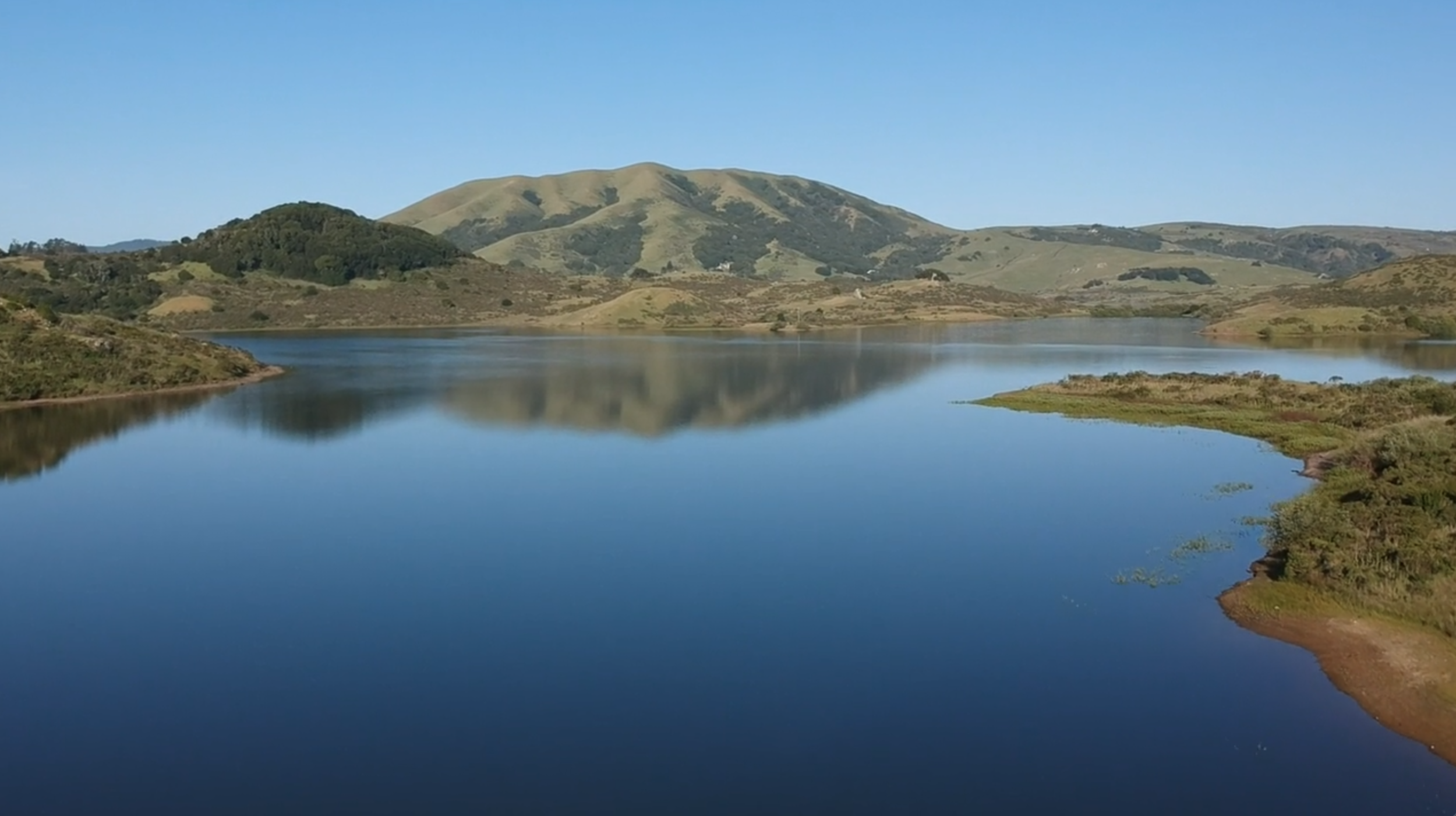
The History of Black Mountain Ranch
The ranch is named forJames Black. Black contracted typhoid fever while on a voyage, and was put ashore in Monterrey by his shipmates in 1831.
Fortunately for him, he was taken in and nursed back to health by Encarnacion Vallejo, who happened to be the sister of Mariano Vallejo, comandante of the Presidio (and effectively governor of Central and Northern California). To return the favor, Black went to work for Mariano and helped him drive the Russians out of Fort Ross in Sonoma. He was rewarded for his efforts with Mexican citizenship and a 20,000 acre cattle ranch, which he parlayed into a substantial fortune during the Gold Rush.
Black married a Mexican lady, became mayor of San Rafael and coroner and assessor of Marin County, and he gave his daughter, Mary Burdell, the Olompali Ranch as a wedding gift. That property is now Olompali State Park. His only known mistake as a cattle rancher was that he once tried to swim a herd of cattle across the Golden Gate. Most of them drowned and Black never tried it again.
In 1867, Black was at the peak of his career and one the three wealthiest men in Marin County. However, things went downhill fast from that point. Black’s wife underwent a routine dental procedure at the office of Black’s new son-in-law, respected dentist Galen Burdell. Something went horribly wrong and she died in the dentist chair. Black reacted by cutting his daughter and son-in-law out of his will, and also by substantially increasing his already prodigious alcohol intake for three years straight. In spite of being constantly inebriated, he kept up his habit of riding his horse across his vast land holdings, and of course fell off. His exact cause of death is not known, but it is said that he suffered greatly before departing this earth in 1870.
Mary Burdell only found out she had been disinherited by her father at the public reading of Black’s will. She did not take it well, and attacked the lawyer who was doing the reading, tore the will from his hands, ripped off the section with her father’s signature, and ate it. She spent the next three years in very high profile litigation where she argued that her father must surely have been drunk when he wrote the will, and that it should be disregarded and all of his estate left to her as his only child. In the end, she was awarded half of the estate, including the part that is now Black Mountain Ranch. Over the ensuing years, the Black/Burdell family sold off various parts of their original property, but they held onto the parcel that is now Black Mountain Ranch for 126 years.
For anyone interested in learning more about James Black and the history of Marin, we highly recommend two books:
Marriage, Murder, and Betrayal in Nineteenth-Century California, by Jo M. Haraf
(Paperback edition, 2021, Fonthill)
Jo Haraf does an excellent job highlighting the more colorful aspects of Black’s family life, especially the parts having to do with his wife’s death in his son-in-law’s dentist chair, and his daughter’s subsequent epic battle to gain back her inheritance.
You can find Jo’s book at Marin History Museum or on Amazon
‘Nicasio, the Historic valley at the Center of Marin, by Dewey Livingston and Elaine Doss,
Dewey Livingston and Elaine Doss chronicle the history of the Nicasio Valley in great detail all the way to the present time. It describes Black’s role alongside Jasper O’Farrell and Henry Halleck in shaping the early history of Nicasio and Marin.
Dewey Livingston also runs the Jack Mason Museum in Inverness, and has conducted numerous historical evaluations of important buildings and sites in California, including a recent study of the ‘big barn’ at Black Mountain Ranch which he believes was most likely built around 1870.
History gallery







